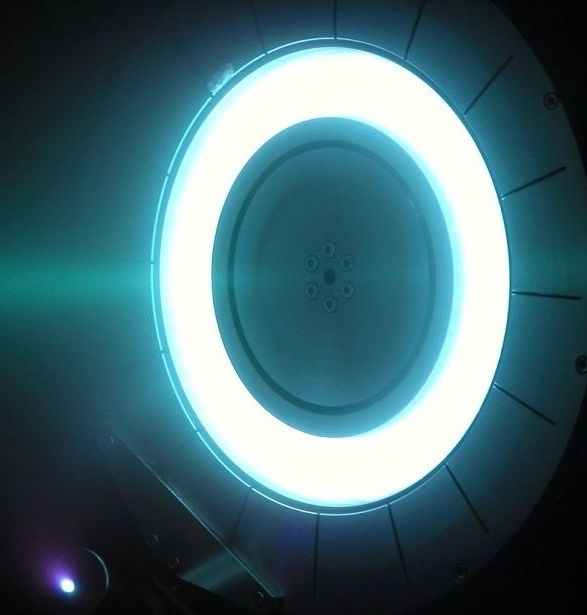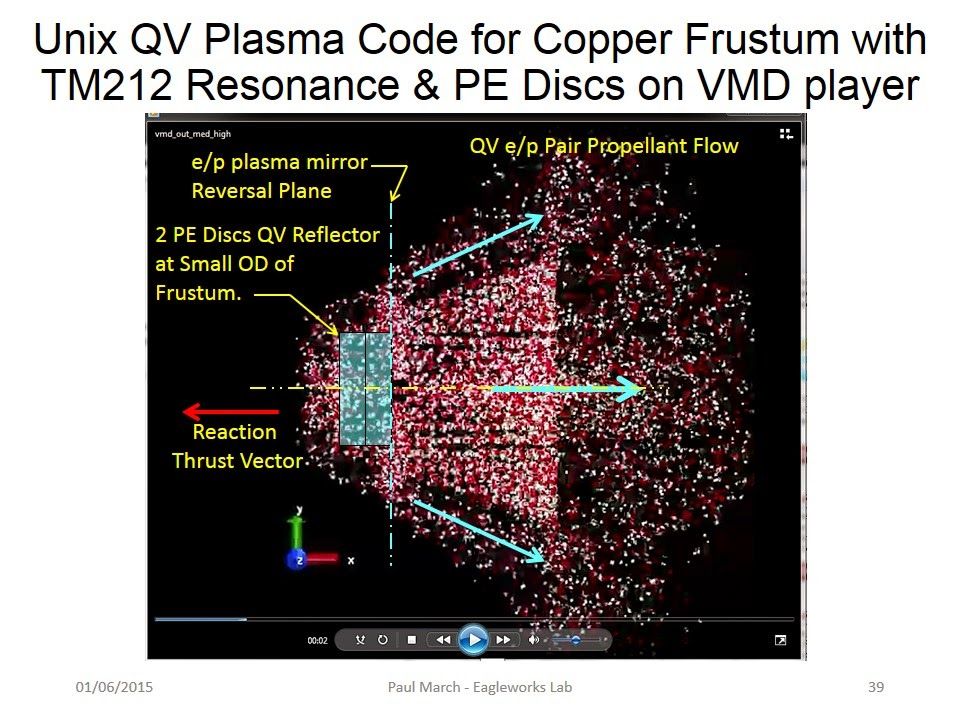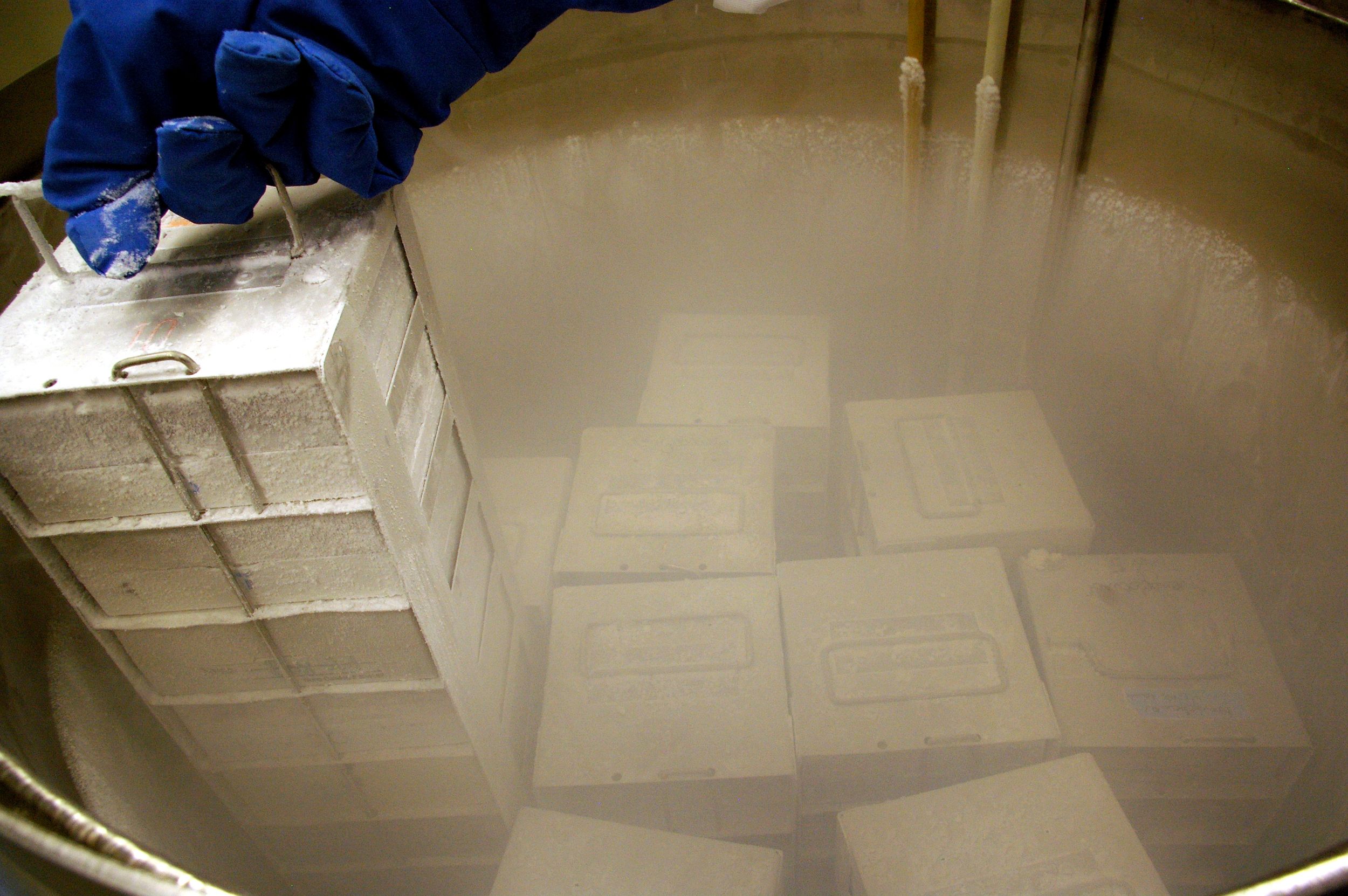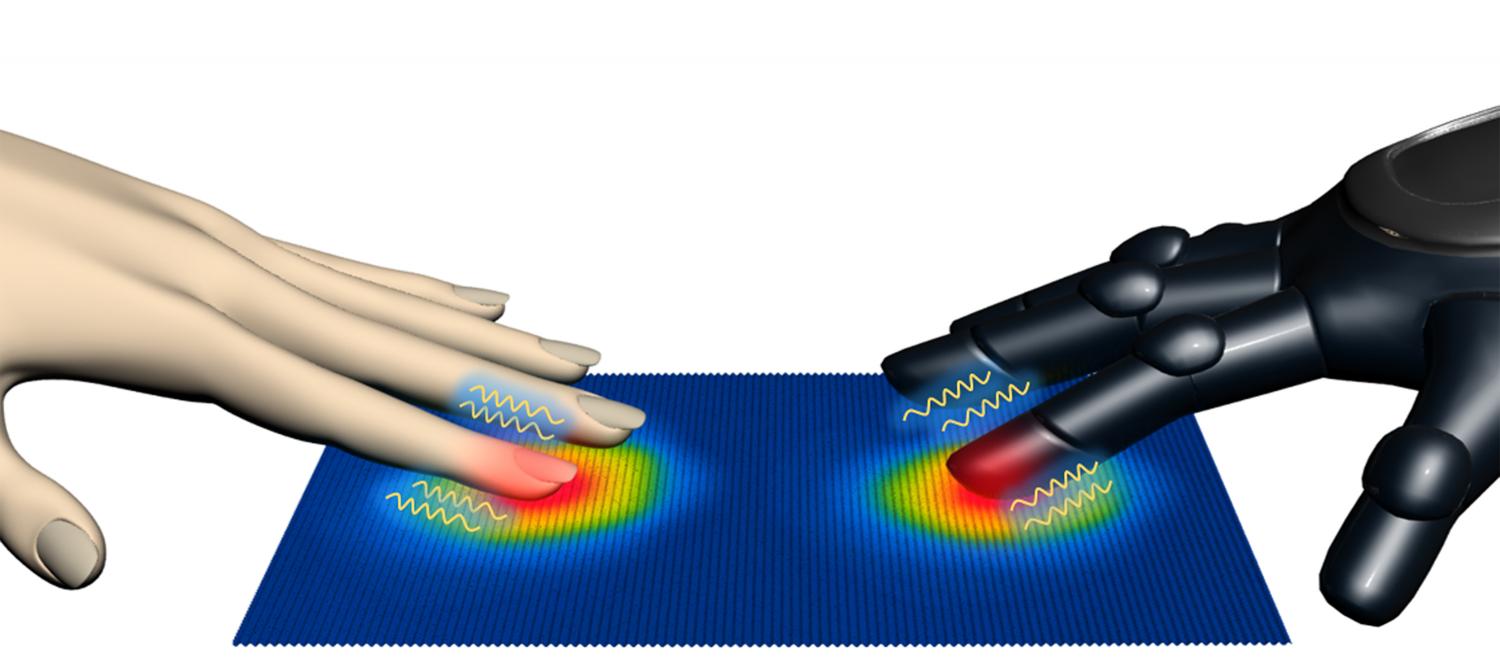Nov 2, 2015
The Active Sun: US Unveils Plan to Deal with Space Weather
Posted by Sean Brazell in categories: energy, space
The U.S. government is getting more serious about dealing with the dangers posed by powerful sun storms.
On Thursday (Oct. 29), the White House released two documents that together lay out the nation’s official plan for mitigating the negative impacts of solar flares and other types of “space weather,” which have the potential to wreak havoc on power grids and other key infrastructure here on Earth.
The new “National Space Weather Strategy” outlines the basic framework the federal government will pursue to better understand, predict and recover from space-weather events, while the “National Space Weather Action Plan” details specific activities intended to help achieve this broad goal. [The Sun’s Wrath: Worst Solar Storms in History].


















